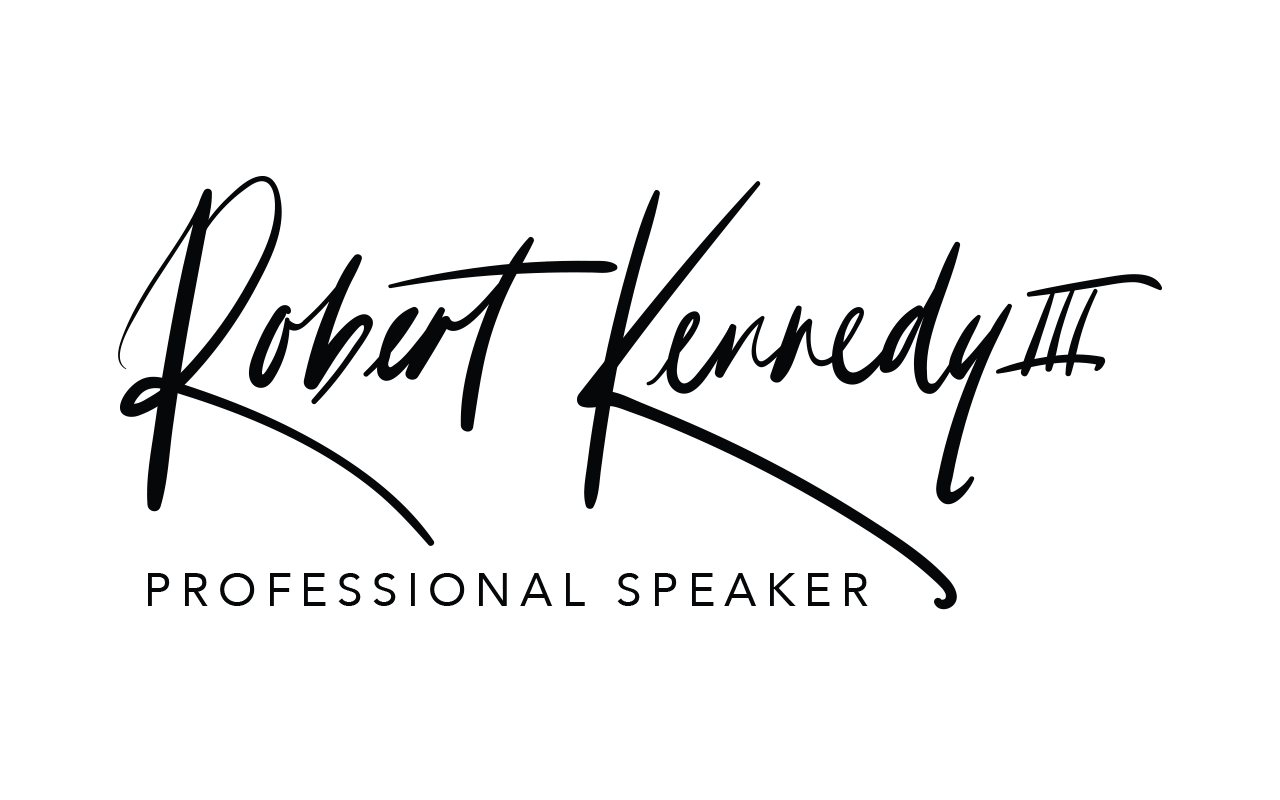
The presenter began her talk by turning her body mainly towards the slides. As she rambled on, she would look up at the slides, fire off a comment or two then ask the clarifying question, “Make sense?”
As the audience grumbled back an uh-huh or two, she took that as a cue to move on. After 25 minutes of this, a gentleman raised his hand to ask a question.
“How do we find the right documentation to complete these reports?”
Her response? “Well, I covered that on slide 3, back at the beginning. I thought you said you understood?”
Embarrassed, the gentleman slowly lowered his hand, slumped his shoulders and began thumbing through his notes to find the information. As he did this, someone who was a bit bolder said, “That’s important info. Can you go over it again?”
Clearly perturbed, the presenter tersely walked over to the laptop to find the slide.
Unfortunately, situations like this happen with regularity in some organizations. The presenter requests feedback but only out of habit. They aren’t concerned with whether the audience actually gets the information. Once the content is delivered, the job is complete and the responsibility to understand now rests on the audience’s shoulders. Right?
Wrong! The presenter is the expert. In order to create greater understanding and potential for action, use the following techniques:
1. Repeat – Have you ever been watching TV and said to yourself, “Didn’t we just see that commercial an hour ago?” Or have you ever been driving in your car, listening to the radio, wondering, “Why do they keep playing the same songs?” They want to drive you to action. Consciously and subconsciously, they want to be your first choice when the right trigger appears in your space. If you need to search for information, they want to be your Google. If you need to blow your nose, they want to be your Kleenex. If you absolutely need soda, they want to be your Coke.
To be clear, it may not be effective to repeat the EXACT words every time. But, repeating the message in at least three different ways will help it stick.
2. Use examples – You may be sharing a technique or method which makes perfect sense. However, application may not always be easy to understand. So, consider using phrases like:
– “Let’s look at how this might work in this setting.”
– “Let’s look at an example scenario where this may apply.”
– “If you were presented with this situation, here are 3 possible ways you might respond.”
3. Use comparisons and analogies – When a new technique or idea is being presented, it can be helpful to compare it with something already familiar to the audience. For example:
– “The new software update will allow your systems to work much like organizing photos in your living room photo albums.”
– “If we were to take all of the addresses in this chip and write them out, side by side, we would have enough books to stretch from here to South America.”
Your audience wants to hear and understand your message. Asking them, “Make sense?” or “Do you understand?” is a start. But, don’t end there. Repeat, compare and give examples because their initial understanding may not be the meaning you intended. Give them the opportunity to connect with your message in a few different ways. They will appreciate the time you took to connect and the resulting actions will show how well they ‘got it.’

